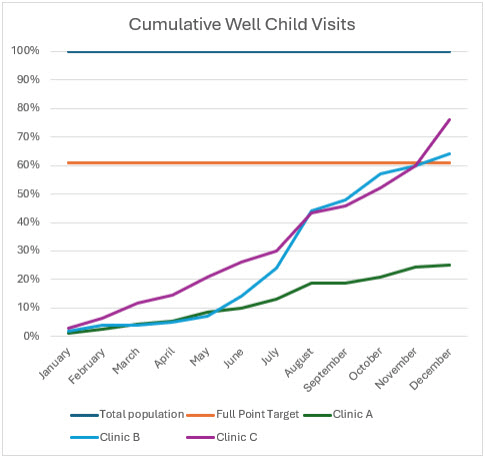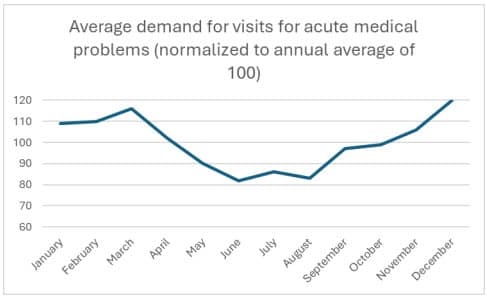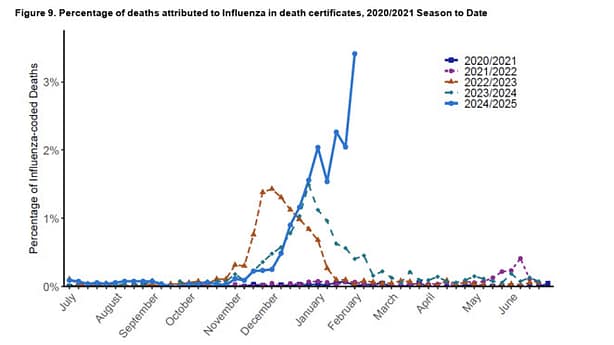By Robert L. Moore, MD, MPH, MBA, Chief Medical Officer
“In the fields of observation, chance favors only the prepared mind.”
– Louis Pasteur, Chemist, Pharmacist, and Microbiologist
As leaders in primary care medicine, many of us have seen studies stating remote patient monitoring (RPM) improves outcomes for chronic conditions, reduces hospitalizations, and enhances patient engagement. The evidence is compelling, yet when primary care providers (PCPs) in our service area try to implement RPM for blood sugar, blood pressure, and weight measurement in our practices, the results fall short of those glowing published reports. Why does that happen?
The Implementation Gap
The disconnect between research and reality stems from a fundamental resource challenge: discretionary energy. Published studies typically involve motivated research teams with dedicated support staff, structured protocols, and patients selected for their engagement. This is a common reason why pilots and studies are not replicable at scale in the real world.
Early RPM systems overwhelmed care teams with alerts, data streams, and fragmented workflows. While vendors have worked to reduce this noise through better algorithms and smarter notifications, a core challenge remains: one still needs to review data, respond to alerts, and adjust care plans. This requires time, attention, and mental bandwidth that many care teams in real-world practice do not have.
One option that does not burden primary care teams is to turn over disease management to an outside organization. Several PCPs in the Partnership service area have tried this. If the outside organization is integrated with the PCP’s electronic health record (EHR), communications disruption can be mitigated. However, practice patterns and clinical decision-making are often different between the PCP and the case management vendor. This creates friction and a paradoxical increase in clinician discretionary energy often leading the PCP to drop the vendor – particularly if the vendor relies on the PCP to actually implement the orders / changes recommended by the vendor.
Even when an RPM launch is successful, another problem emerges: adherence decay. Both patients and providers tend to disengage over time. Patients tire of daily measurements and app interactions. Clinicians, lacking time to consistently review and act on data, begin to tune out alerts. What starts as an innovative intervention gradually becomes abandoned equipment and unused subscriptions.
This is a predictable outcome when new technologies are layered onto already overburdened systems without removing other work or adding adequate support.
The Path Forward
The future of effective RPM likely lies in patient empowerment rather than clinical surveillance. Imagine AI-powered systems that automatically motivate patients at individualized intensity levels, gently activating them toward better self-management. These tools would reach patients through multiple channels – text, email, app notifications, even voice calls – meeting them where they are rather than requiring constant app engagement.
Such systems could reduce the burden on care teams by helping patients develop better self-management skills before problems escalate. The clinician becomes a consultant and troubleshooter rather than a daily data reviewer.
Making RPM Work Today
If you’re an enthusiastic clinician wanting to use RPM effectively right now, the literature shows you can make an impact. However, you need to be realistic about the requirements. Success demands either personal investment of extra time or allocated resources that include dedicated staff support as well as protected time for data review and patient outreach.
In our current environment of constrained access and projected reimbursement cuts, securing those additional resources will be challenging. Most practices are already stretched thin, struggling to meet basic access needs.
RPM works — but not automatically. The published success stories are real, but they reflect specific conditions that may not match your practice’s reality. Before implementing RPM, honestly assess whether your team has the discretionary energy to make it effective. If not, wait for (or even try out early versions of) next-generation tools that truly optimize rather than add to team burden. If you proceed now, ensure that support structures are built in from day one, and don’t be surprised when implementation proves harder than the literature suggests.



 y change and implement local initiatives to meet the maternity care needs of rural communities. The stakeholders include:
y change and implement local initiatives to meet the maternity care needs of rural communities. The stakeholders include:
